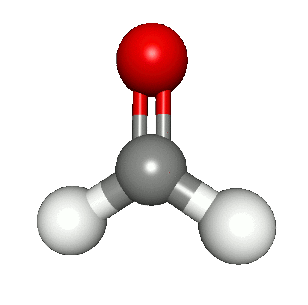
Formaldehyde Exposure
Tracking this here: https://github.com/publiclab/wherewebreathe/issues/123
Nick will post: Hal levin Critical piece
Bibliography:
1.Kanazawa, A. et al. Association between indoor exposure to semi-volatile organic compounds and building-related symptoms among the occupants of residential dwellings. Indoor Air 20, 72–84 (2010). 2.Mori, M. et al. Changes in subjective symptoms and allergy state among medical students exposed to low-level formaldehyde 6 months after completion of a gross anatomy dissection course. Environ Health Prev Med 18, 386–393 (2013). 3.Andersson, K. Epidemiological Approach to Indoor Air Problems. Indoor Air 8, 32–39 (1998). 4.Hanrahan, L. P., Anderson, H. A., Dally, K. A., Eckmann, A. D. & Kanarek, M. S. Formaldehyde concentrations in Wisconsin mobile homes. Journal of the Air Pollution Control Association 35, 1164–7 (1985). 5.Ritchie, I. M. & Lehnen, R. G. Formaldehyde-related health complaints of residents living in mobile and conventional homes. American journal of public health 77, 323–8 (1987). 6.Hanrahan, L. P., Dally, K. A., Anderson, H. A., Kanarek, M. S. & Rankin, J. Formaldehyde vapor in mobile homes: a cross sectional survey of concentrations and irritant effects. American journal of public health 74, 1026–7 (1984). 7.Dales, R. E., Schweitzer, I., Bartlett, S., Raizenne, M. & Burnett, R. Indoor Air Quality and Health: Reproducibility of Respiratory Symptoms and Reported Home Dampness and Molds using a Self-Administered Questionnaire. Indoor Air 4, 2–7 (1994). 8.Liu, K. S., Huang, F. Y., Hayward, S. B., Wesolowski, J. & Sexton, K. Irritant effects of formaldehyde exposure in mobile homes. Environmental health perspectives 94, 91–4 (1991). 9.Sahlberg, B., Norbäck, D., Wieslander, G., Gislason, T. & Janson, C. Onset of mucosal, dermal, and general symptoms in relation to biomarkers and exposures in the dwelling: a cohort study from 1992 to 2002. Indoor Air 22, 331–338 (2012). 10.Wargocki, P., Wyon, D. P., Baik, Y. K., Clausen, G. & Fanger, P. O. Perceived air quality, sick building syndrome (SBS) symptoms and productivity in an office with two different pollution loads. Indoor air 9, 165–79 (1999). 11.Takigawa, T. et al. Relationship between indoor chemical concentrations and subjective symptoms associated with sick building syndrome in newly built houses in Japan. Int Arch Occup Environ Health 83, 225–235 (2010). 12.Saijo, Y. et al. Relationships between mite allergen levels, mold concentrations, and sick building syndrome symptoms in newly built dwellings in Japan. Indoor Air 21, 253–263 (2011). 13.Nordström, K., Norbäck, D. & Wieslander, G. Subjective Indoor Air Quality in Geriatric Hospitals. Indoor and Built Environment 8, 49–57 (1999). 14.Saijo, Y. et al. Symptoms in relation to chemicals and dampness in newly built dwellings. International archives of occupational and environmental health 77, 461–70 (2004). 15.Thun, M. J., Lakat, M. F. & Altman, R. Symptom survey of residents of homes insulated with urea--formaldehyde foam. Environmental research 29, 320–34 (1982). 16.Engvall, K., Norrby, C. & Sandstedt, E. The Stockholm Indoor Environment Questionnaire: a sociologically based tool for the assessment of indoor environment and health in dwellings. Indoor Air 14, 24–33 (2004).